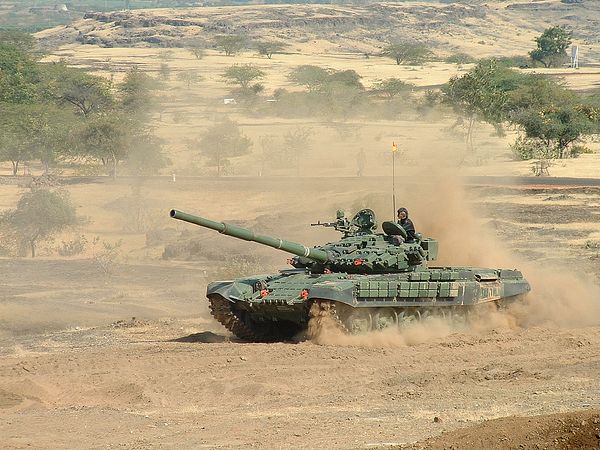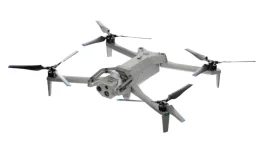- Views: 3K
- Replies: 31

The Indian Army is preparing for a significant overhaul in its armoured fleet due to the upcoming retirement and storage of more than half of its T-72 tanks in the next 7-8 years. These reliable Soviet-era tanks have been the backbone of the Indian Army since 1982, but they are now nearing the end of their service life. Unfortunately, the replacement programme, the Future Main Battle Tank (FMBT), has been stuck for over a decade due to delays.
The Army currently operates approximately 2,400 T-72 tanks, with many surpassing their 30-year service life. Although extensive overhauls have extended their lifespan by 10-15 years, these tanks do not possess the modern capabilities required for today's warfare. The Russia-Ukraine war has made it more challenging to access essential spare parts for maintenance and repairs, further complicating the situation.
The Army is planning to enhance more than 1,200 T-72s by installing new engines, fire control systems, and other upgrades to bridge the gap. Nevertheless, over 1000 T-72 tanks will remain unupgraded and unable to participate in combat. The most recent 98 T-72s were put into service in 1998-99, indicating that even the newest T-72 Tanks are approaching the 30-year shelf life recommended by the manufacturer.
The FMBT programme aimed at replacing the T-72s with a tank developed domestically has faced delays and indecision. This situation puts the Army in a challenging position, facing an ageing fleet with no clear way forward. However, DRDO is planning to further develop Arjun Mk1A, Mk2, and even Mk3 to address the vulnerabilities of the T-72 fleet in modern warfare, where they may be exposed to modern ATGMS.
Dealing with the Indian Army's T-72 dilemma is a complex challenge. It is essential to adopt a multi-pronged approach that includes modernization efforts and a clear roadmap for the FMBT programme or strategic foreign partnerships to ensure the Army maintains a modern and effective Armoured force. The future of India’s Armoured might is at a critical juncture, and the choices made in the upcoming years will have long-term implications.



